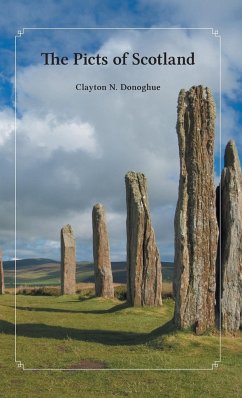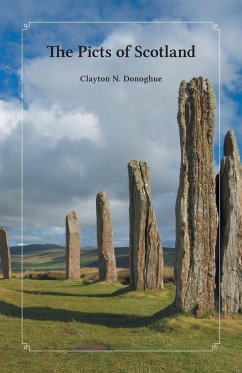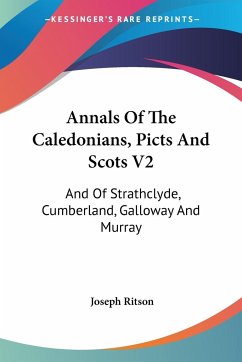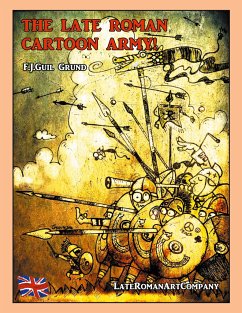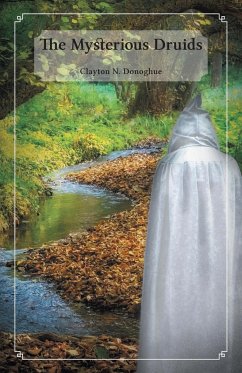Once the dominant culture in the northern reaches of the British Isles, the Picts, renowned for the blue tattoos that gave them their name, were known as a formidable enemy by the armies of Roman Emperor Severus. Their prominence rose as early as 350 BC and continued until at least AD 900. Then, 1,100 years ago, they vanished from history. Although many consider them the predecessors of modern Scots, little is known about them outside of limited archaeological artefacts and mentions of them left by the Romans. In this thorough and compelling exploration of extant historical sources, we finally have a clearer picture of this enigmatic people. Clayton N. Donoghue argues that much of what we consider culturally Scottish actually has its roots in the Picts, and that they had a more dynamic and rich culture than previously thought. This book fills in the gaps and helps to paint a clearer picture of a people that the Romans considered ferocious savages living in a desolate and frozen waste land. As we now know, this couldn't be further from the truth.
Hinweis: Dieser Artikel kann nur an eine deutsche Lieferadresse ausgeliefert werden.
Hinweis: Dieser Artikel kann nur an eine deutsche Lieferadresse ausgeliefert werden.

